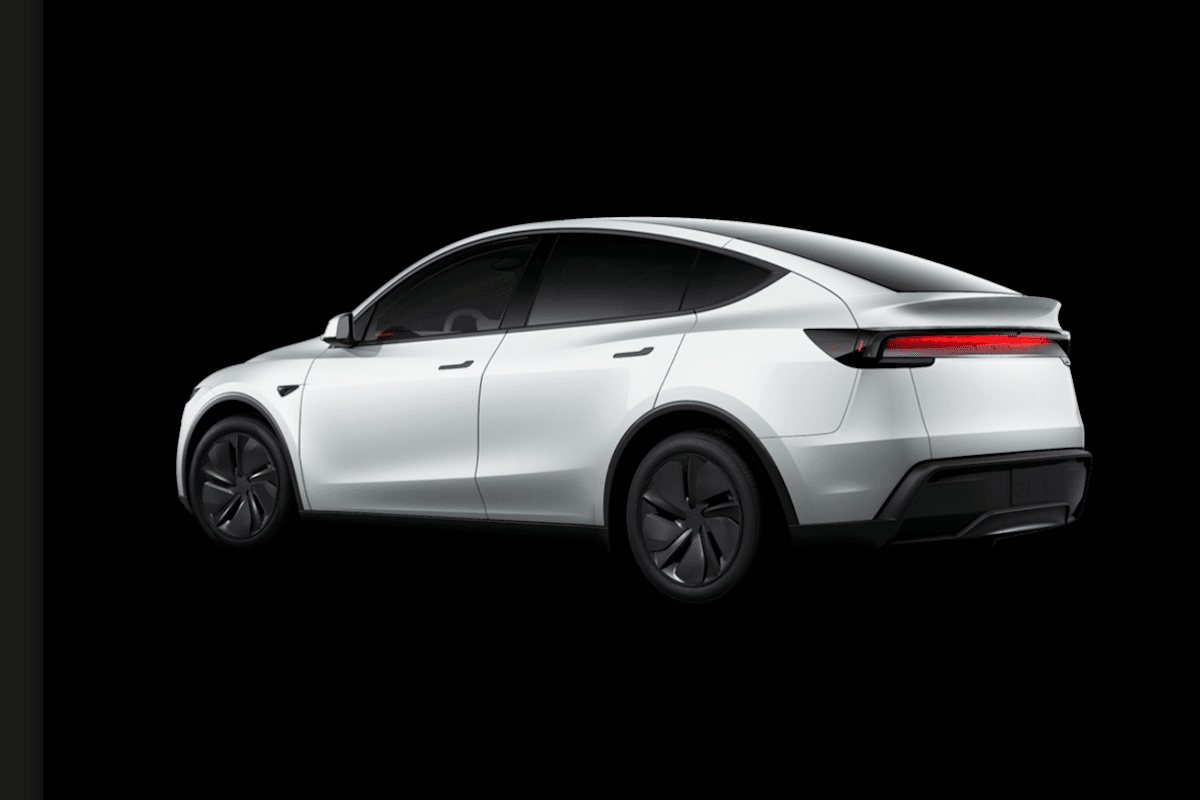Tesla in India: 1.4 billion inhabitants, but how many can afford it?

After months of negotiation, Tesla is finally entering the Indian market. The first Model Y deliveries are expected in August 2025.
After the rain, is it sunshine for Tesla? Declining sales in China, a loss of appeal in Europe, the upcoming loss of federal subsidies in the United States, the bad news has been piling up for the electric vehicle manufacturer for months.
After years of speculation, negotiations, and flip-flops, Tesla has officially launched its operations in India. With the opening of its very first showroom in Mumbai in mid-July, the California-based manufacturer begins a cautious yet symbolically significant conquest of the world’s third-largest automotive market.
However, this arrival raises questions and concerns, as Tesla is targeting a very narrow segment of consumers: wealthy urban buyers in search of a prestige electric vehicle.
You might be interestedin this article:
Only one model in the catalog to start?
Meanwhile, Tesla has opened online pre-orders for the Model Y, with the first batch of deliveries expected as early as the third quarter of 2025 in Mumbai, Delhi, Pune, and Gurugram. The online configurator now allows customers to reserve their unit with a deposit of 22,220 rupees (approximately €245).
But the Tesla dream will come at a cost for Indians. And not a small one. The Model Y is priced starting at 6 million rupees for the Propulsion version, which is about 59,000 euros. As for the Long Range Propulsion version, the price rises to 6.8 million rupees, or approximately 66,000 euros. These prices are significantly higher than those in the U.S. or Europe for the same model. In fact, they are even twice as high as those offered in China… a despised neighbor that, however, will not export Model Y units intended for India.
Trade war between India and China
The reason for these high prices lies in a logical protectionist policy: import duties on complete built units (CBU) remain high despite promised reductions for manufacturers committing to local production within three years. Tesla, which will import its vehicles from the Berlin factory in Germany, currently has no operational production line in India… nor has one been officially announced for the future.
Tesla’s arrival in India, however symbolic, seems more like a risky bet. The premium electric vehicle segment is marginal in the country. In 2024, the entire electric vehicle market accounted for about 2.5% of sales, with the majority of these sales coming from local manufacturers such as Tata Motors (with its Nexon and Punch EV ranges) or MG and Mahindra. In other words, Tesla is not coming to capture volume but to establish itself as a technological reference in a realm where brand recognition remains strong… yet vague.
A deadly absence of charging network?
Another point of concern is the charging infrastructure. Tesla indeed plans to install some Superchargers in major Indian cities, but the network remains embryonic. The country still suffers from a very uneven distribution, and few residences have suitable home charging stations.
Moreover, several early buyers have expressed their frustration on social media: lack of clarity on delivery timelines, unreachable customer service, absence of support in Hindi or regional languages. Tesla seems to struggle to adapt its user experience strategy to a culturally and linguistically complex market.
A strong signal sent to India’s electrification, Tesla’s arrival is just at the very start of its Indian adventure. The reduction of taxes, and thus prices, will only come through local production. This will only be possible once the market demonstrates its appetite for Teslas.
It’s a classic catch-22 situation, but Tesla has faced such moments in its history before. Let’s revisit this in 10 years to assess the progress in a gigantic market where only 10 million people in a population of 1.4 billion can afford to buy an electric SUV. Thus, at the height of its glory, Tesla might aim for sales of between 10,000 and 20,000 vehicles a year. Not enough to justify the opening of a factory costing 2 or 3 billion dollars…
READ ALSO: Tesla, Musk, and the new disdain for social classes
This page is translated from the original post "Tesla en Inde : 1,4 milliard d’habitants, mais combien ont les moyens ?" in French.
We also suggestthese articles:
Also read





